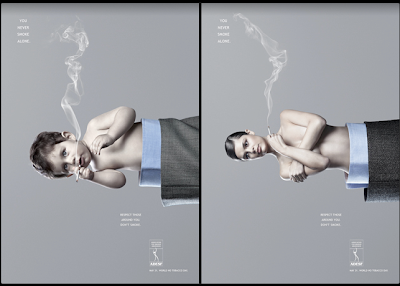End of Module Self-Evaluation
The publication aspect of the module has helped me with technical skills, such as working with InDesign and putting together a publication. I read heavily into the subject and attempted to condense the information content I was putting into the book to fit the concept of the publication which was to present semiotic theory to design students in a way that was easy to understand and follow. I think I successfully managed to break down the topics and give a brief, basic overview of the subject, and I feel as though I managed to turn theory into practice in the way that my publication still looks like a textbook as it should do, but where the layouts and colours have added more of an interesting, visually appealing side to it.
I think one of my strengths in this module has been with theory and how it relates to practice. I was pleased with the essay feedback I received as it had been my chance to use a subject I studied in school, Social and Cultural Anthropology, and apply it to art practices. Theories are a particular interest of mine and I enjoy reading further into them than just what we are given and taught in lectures and seminars, so in the future, I want to be able to take theories and express them through graphic design, such as I did for my publication, but also to apply them to graphic design. I intend to read further into semiotics and bring the theory side of the practice into my work. I also feel that one of my strengths is essay writing and this module has been the chance to show that. I enjoyed writing the essay and the topic I chose and this is an area which I want to look in to again. Also, the essay writing element is a step of preparation towards writing my dissertation in third year so the feedback I received for my essay has given me more confidence towards the essay/dissertation writing elements of second and third year.
Although I feel I am generally quite competent with understanding and applying theories, one thing I have struggled slightly with in this module is classifying designers and their work under different categories, such as modernist or post-modernist. I enjoyed the 45 Designers task, yet did find it surprisingly difficult in certain areas, so in future, I would use my lecture notes as more of a resource for further research and start my own investigations into each subject.
I also felt that one of my weaknesses was thoroughly putting the theory into practice. Knowing what I know now from completing the publication, I would have done something which would have allowed me to express theory through practice more if I could go back to the beginning of the brief again. I could have created a publication about modernism in a modernist style to put more emphasis on the putting theory into practice element of the brief.
- Keep a more comprehensive list of designers/artists for reference back to as this will aid my contextual research in the future in all areas of the course.
- Read more into the subject of essays to give myself a wider range of content to use to further my understanding and to make my essays more comprehensive.
- Research further into different designers when I come across them to gain a wider knowledge of the graphic design scene at present.
- Plan out publications more thoroughly before digitalising them to avoid printing/binding problems.
5= excellent, 4= very good, 3= good,
2= average, 1= poor
|
1
|
2
|
3
|
4
|
5
|
Attendance
|
x
| ||||
Punctuality
|
x
| ||||
Motivation
|
x
| ||||
Commitment
|
x
| ||||
Quantity of work produced
|
x
| ||||
Quality of work produced
|
x
| ||||
Contribution to the group
|
x
|


























































